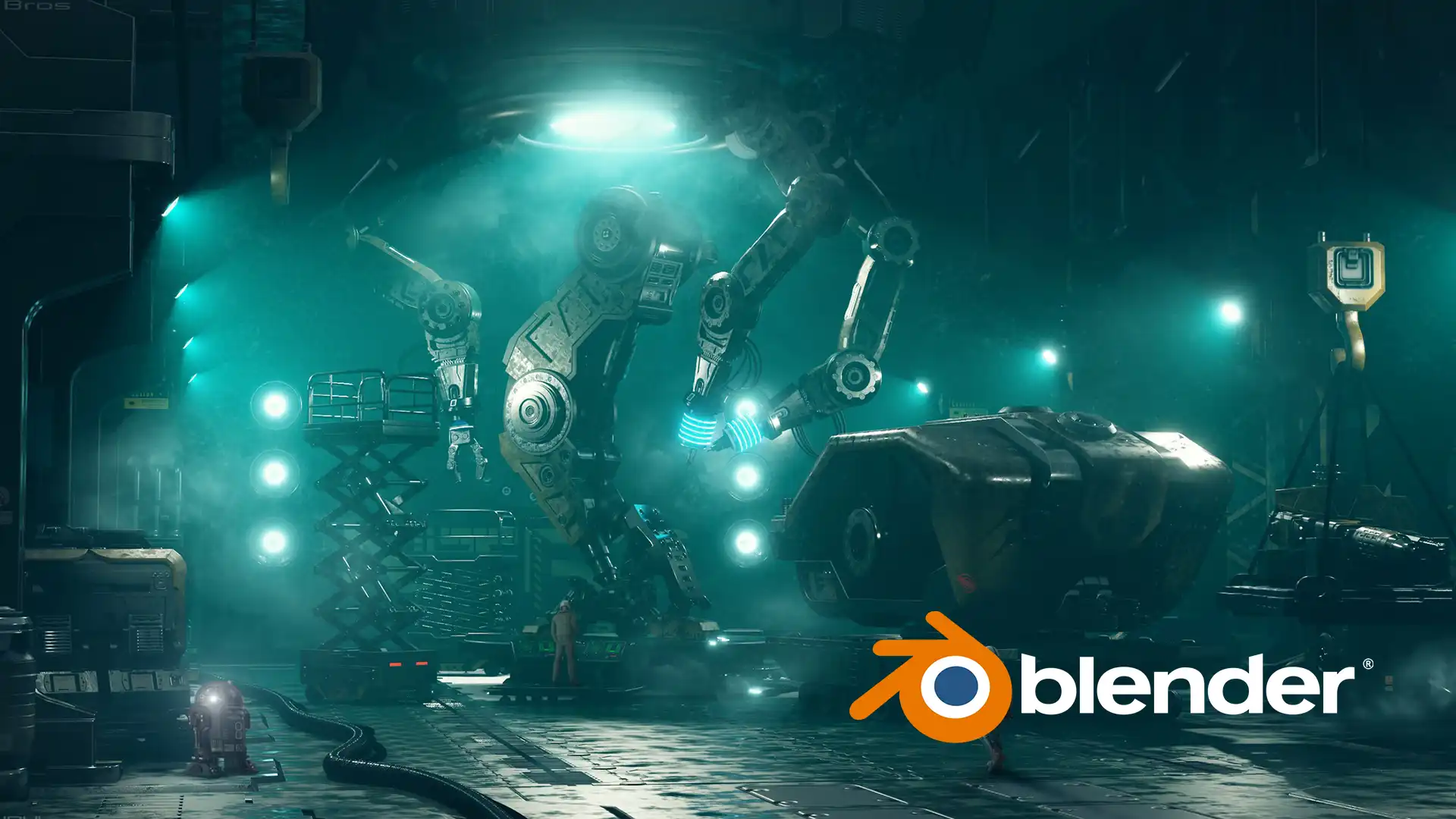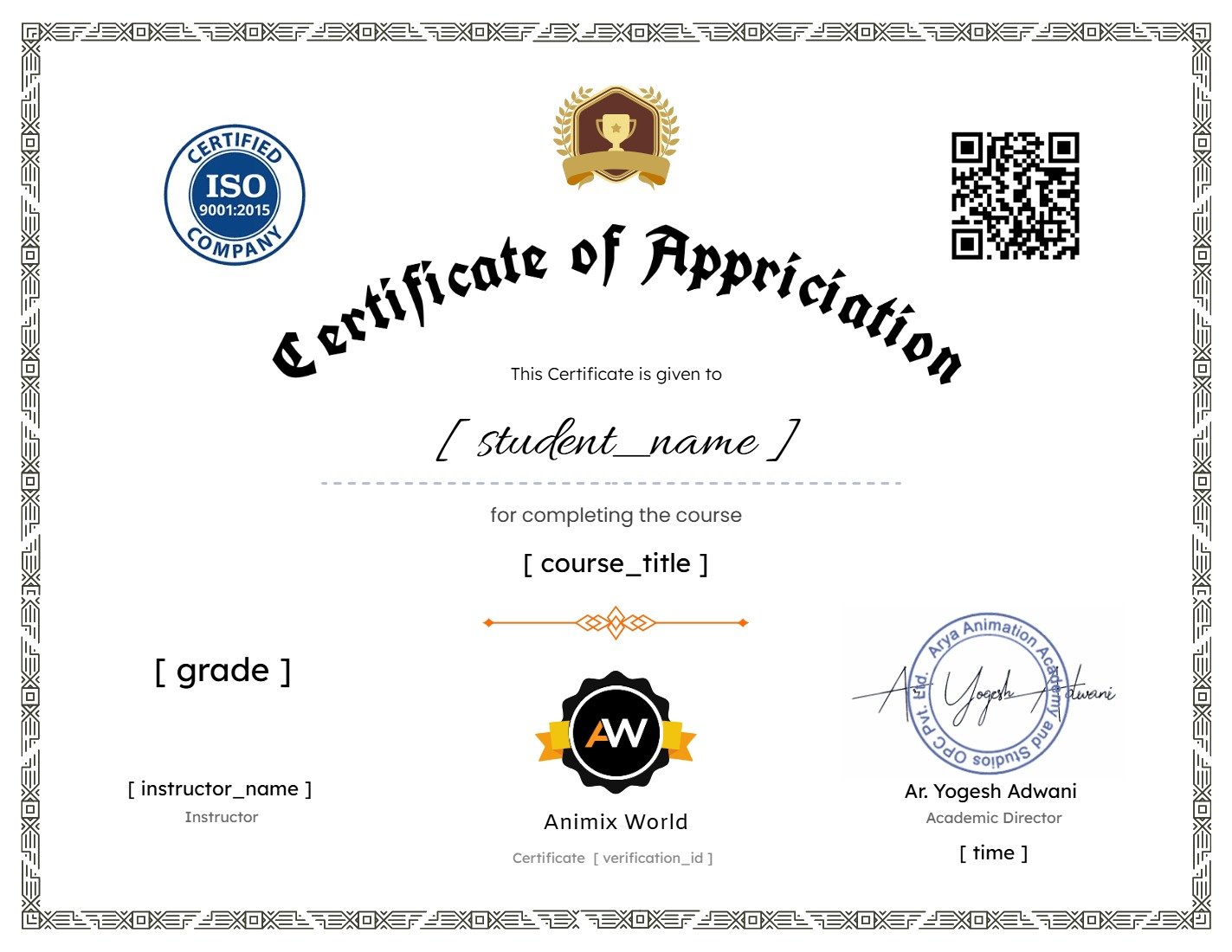
About Course
Master lighting and rendering techniques in Blender with this in-depth Hindi course. Start with the basics of lighting setups, different light types, and how to create realistic lighting effects. Progress to advanced techniques like global illumination, ambient occlusion, volumetric lighting, and creating photorealistic scenes using Blender’s powerful rendering engines (Cycles and Eevee). Learn how to optimize renders, use render passes, and post-processing techniques to achieve high-quality visuals. Perfect for 3D artists, animators, and VFX professionals who want to create stunning, realistic lighting and render scenes in Blender.
Course Content
Basic Classes
-
Class 1
-
Class 2
-
Class 3
-
Class 4
-
Class 5
-
Class 6
-
Class 7
-
Class 8
-
Class 9
-
Class 10
-
Class 11
-
Class 12
-
Class 13
-
Class 14
-
Class 15
-
Class 16
Advance Classes
Final Test
Give Us Your Feedback And Suggestions
Earn a certificate
Add this certificate to your resume to demonstrate your skills & increase your chances of getting noticed.
